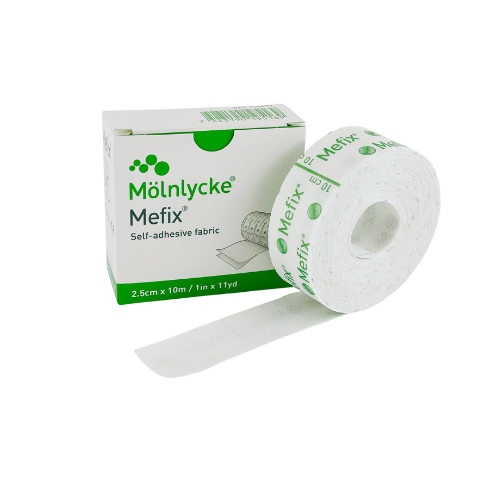In the first year, your baby’s diet gradually expands from breast milk or formula to a variety of solid foods. Here’s a guide to what foods you can introduce at different stages, and how to prepare them.
4-6 Months: First Foods
At this stage, your baby may begin solid foods, but breast milk or formula should still be their main source of nutrition. Start with single-grain cereals fortified with iron, as your baby’s natural iron reserves start to deplete around 6 months.
- What to feed: Iron-fortified cereals like rice, barley, or oat cereals.
- How to prepare: Mix with breast milk, formula, or water to create a smooth, thin consistency. Gradually thicken as your baby gets used to eating solids.
6-8 Months: Fruits, Vegetables, and Protein
As your baby gets more comfortable with solids, you can introduce fruits, vegetables, and protein sources.
- Fruits: Bananas, pears, apples, apricots, prunes.
- Vegetables: Avocados, carrots, peas, sweet potatoes, squash.
- Protein: Small pieces of cooked chicken, turkey, or boneless fish; beans like lentils or black beans.
- Dairy: Introduce yogurt (whole milk or soy-based).
- How to prepare: Wash fruits and vegetables, then bake, boil, or steam until soft. Puree in a blender or food processor with a little liquid (breast milk, formula, or water). Start with smooth purees, then thicken as your baby adjusts. Cut proteins into very small pieces or mash beans.
8-10 Months: Mashed Foods and Finger Foods
At this stage, babies develop better coordination and may begin eating mashed foods and self-feeding with finger foods.
- Mashed fruits and vegetables: Bananas, avocados, sweet potatoes.
- Finger foods: Small o-shaped cereals, teething crackers, soft fruits, cooked pasta, or soft vegetables.
- Eggs: Scrambled eggs or hard-boiled eggs cut into small pieces.
- Dairy: Cottage cheese, pasteurized cheese.
- How to prepare: Cook vegetables and fruits until soft and mash or cut into small, easily swallowable pieces. Finger foods should be small enough to prevent choking.
10-12 Months: Expanding Diet
By this age, your baby can eat most of the foods you eat, as long as they are appropriately cut or mashed. Their digestive system and motor skills are more developed, so they are ready to explore a wider variety of tastes and textures.
- What to feed: A variety of fruits, vegetables, grains, proteins (chicken, fish, beans), and dairy products (pasteurized cheese, cottage cheese).
- Allergen introduction: You can introduce eggs, peanuts, wheat, and fish unless there’s a strong family history of allergies. Honey and cow’s milk should still be avoided until after the first year, as honey can cause infant botulism and cow’s milk may not be easily digestible.
- How to prepare: As your baby develops better chewing abilities, gradually increase the size of food pieces. Be cautious with choking hazards like grapes, hot dogs, and raw vegetables—cut them into very small pieces.
General Tips
- Introduce one new food at a time, waiting a few days in between to monitor for any allergic reactions.
- Research suggests introducing multiple foods together is safe, but consult your pediatrician for personalized advice.
- Continue breastfeeding or formula feeding until at least 1 year, even as solids are introduced.
By following these guidelines, you can ensure your baby gets the nutrients they need while gradually exploring the exciting world of solid foods.




